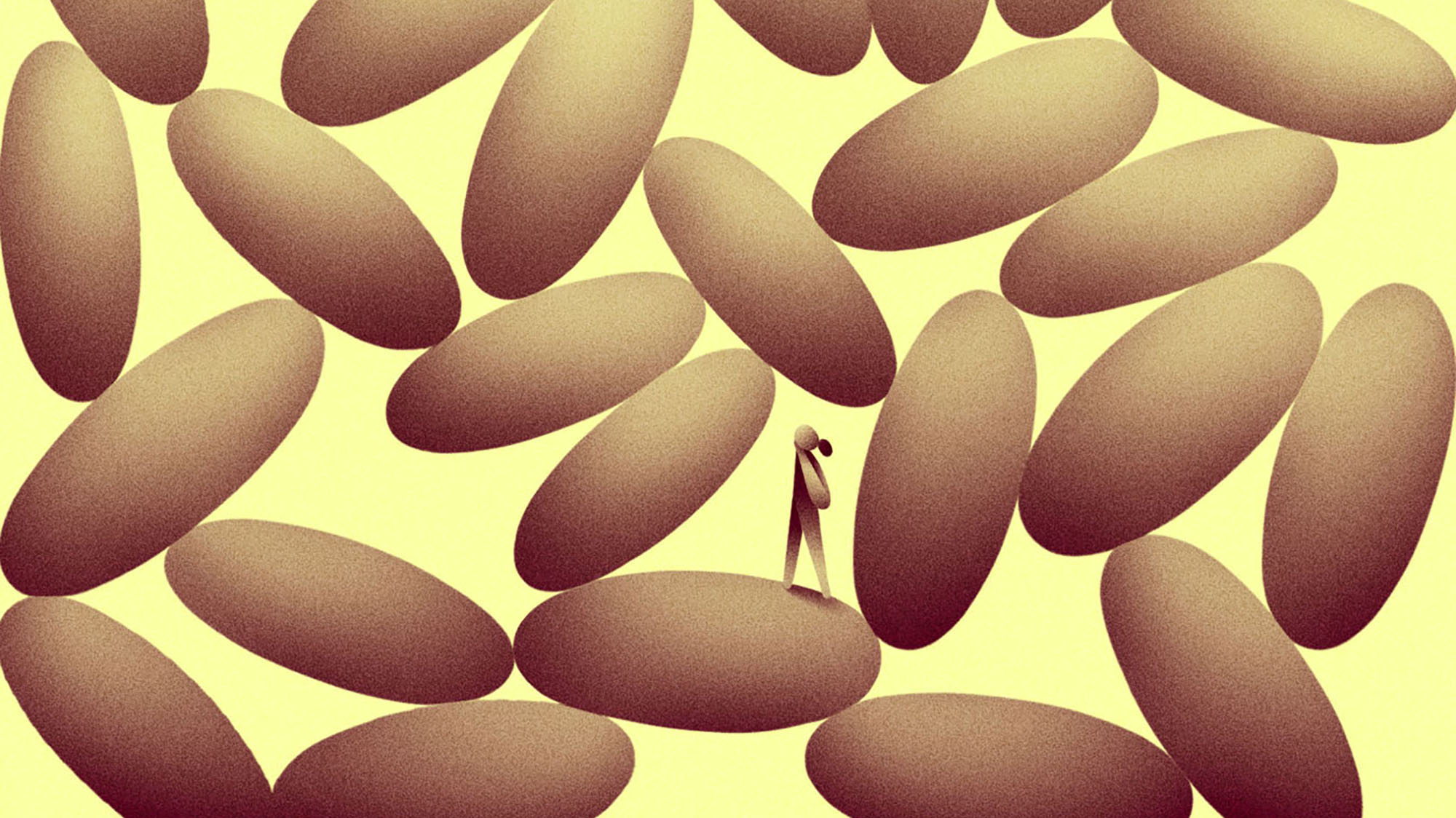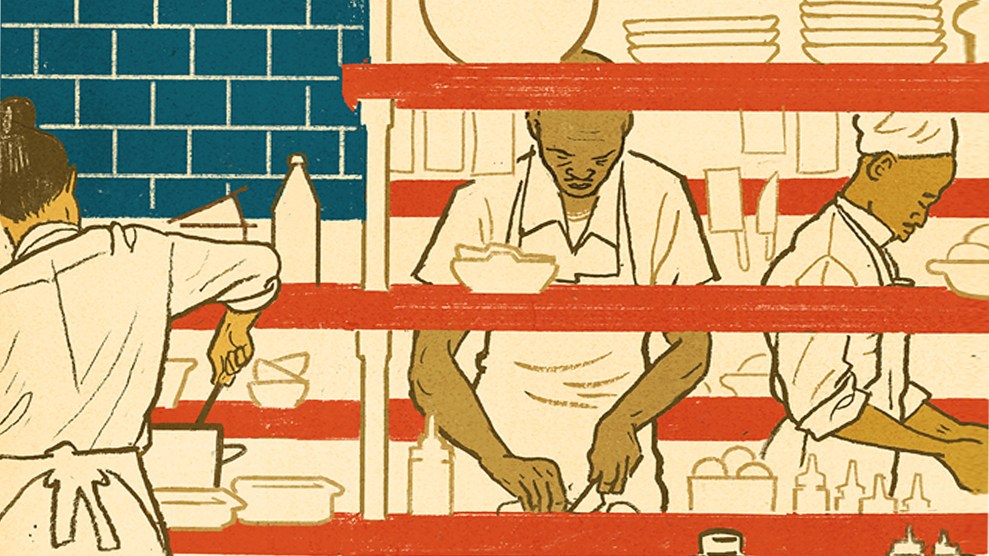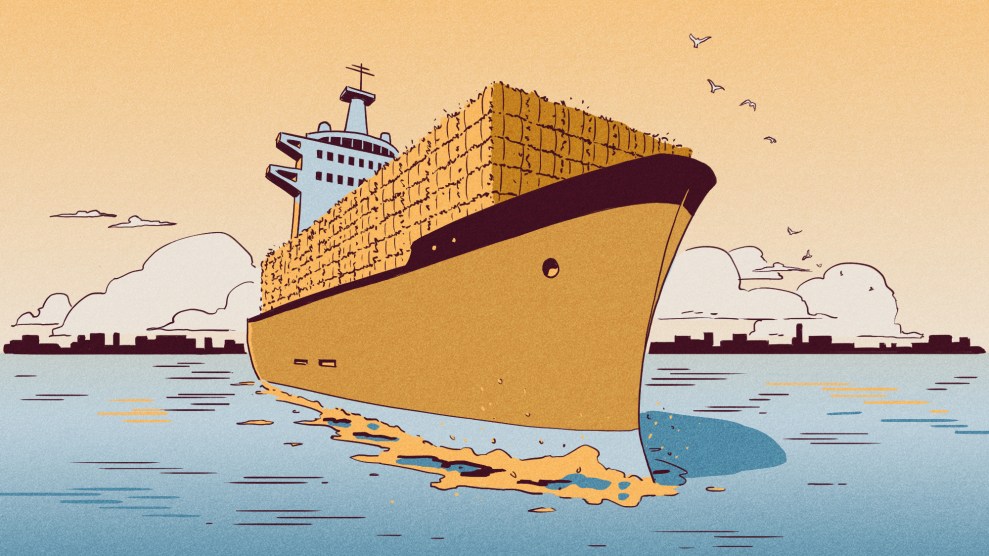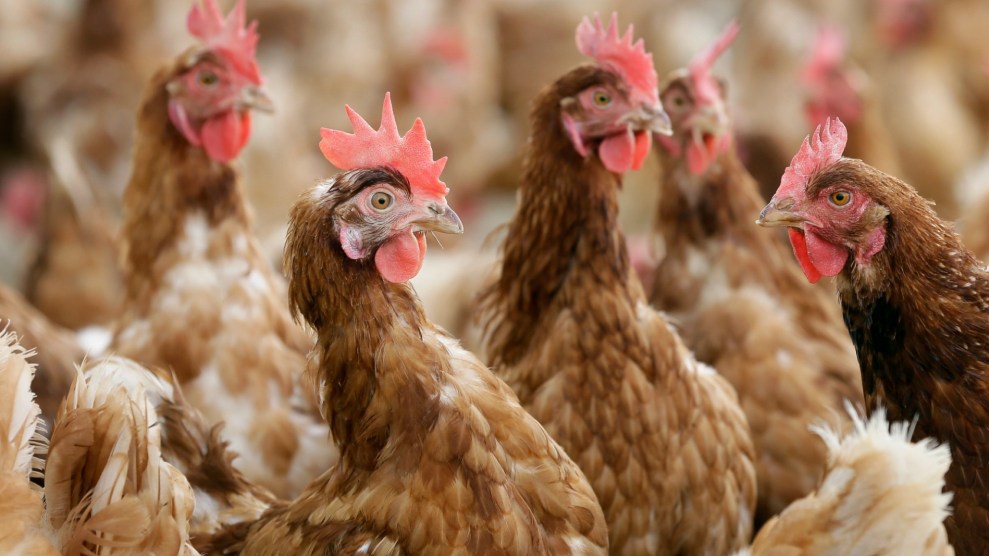When Russia launched its invasion of Ukraine in February, the economic fallout could be felt thousands of miles away. Syrians saw prices for bulgur rise by as much as 44 percent within weeks; by April, in the Horn of Africa, heavily reliant on wheat imports from the Black Sea region, the cost of food staples leapt by 66 percent in Ethiopia and 36 percent in Somalia. The conflict propelled global food prices to their highest level since the United Nations started keeping track in 1961.
Add in climate chaos—more frequent droughts and megastorms in the world’s key farming regions—and you have a recipe for growing volatility in global food markets, at a time when up to 811 million people face chronic hunger.
It doesn’t have to be this way. There’s an elegant, well-tested method for buffering against these kinds of shocks. Simply put, societies can hold back a portion of durable food staples like wheat, rice, and corn during bumper harvest years, and release it when times are lean.
This rainy day strategy has a long history. In first-century BC China, the Han dynasty developed the “ever-normal granary,” a government-run reserve designed to stabilize prices for farmers and stave off famine for city dwellers. The institution has more or less functioned ever since—the 20th-century Great Chinese Famine was partially driven by the government’s failure to release stored grain—and unlike most other nations, China today has at its disposal robust reserves of wheat, corn, rice, and other crops, protecting its populace from the effects of the current price spikes.
In other places, the practice has been less formal. Before British rule, India had a “traditional system of household and village grain reserves” that tended to keep occasional crop failures from transforming into widespread crises, argues the historian Mike Davis in his book Late Victorian Holocausts: El Niño Famines and the Making of the Third World. But then imperial British rulers pushed merchants to instead sell off the surplus grain and subjected Indian farmers to the fluctuations of the global market, leading to famines that killed millions when drought hit.
The US government once kept reserves, too. In 1938, Henry A. Wallace, an Iowa farmer and the secretary of agriculture under Franklin Delano Roosevelt, spearheaded the passage of a bill that created our own version of an ever-normal granary. Wallace pitched the idea as a way to smooth out extremes in food prices for farmers and eaters. The previous years, he argued, saw two brutal Midwestern droughts that decimated crop yields and inflated food prices, as well as a bumper year that made “corn so super-abundant” as to be “almost worthless,” he noted in a 1937 New York Times essay. “We want to make it impossible for either a 1932 abundance or a 1936 drought to do us great harm.”
Wallace’s granary lasted for decades, but as the rise of hybrid seeds, mechanized tractors, and synthetic fertilizers and pesticides jacked up the productivity of US farming, overproduction became a chronic problem. US policymakers decided to sell off the reserves and focus on finding foreign markets for any excess crops that farmers would generate in the future.
The pivot from government-managed reserves to the “magic of the market” has helped create a world where many poor nations rely on imports from agricultural powerhouses like the United States, Russia, and Brazil for their sustenance, says Sophia Murphy, the executive director of the Institute for Agriculture and Trade Policy. “There’s no resilience in the system, because we don’t have the mechanisms that should help buffer us” from shocks, she says. Wealthy exporting nations should band together to create reserves of key staple crops, she argues, that can be released in coordinated fashion in times of crisis, which will help prices drift lower. This tactic would reduce global hunger and spook investors from speculating in food commodities in times of scarcity. The idea was floated in global policy circles during two recent world hunger spikes, starting in 2007 and 2011, but quickly faded when crop prices plunged and stayed low for nearly a decade. Now, global hunger is spiraling again.
The idea of saving grain for lean times should come back, too. In the Old Testament, Joseph doled out a bit of sage advice: He counseled Egypt’s pharaoh to set aside a fifth of Egypt’s harvest during abundant years. “This food should be held in reserve,” he declared, “so that the country may not be ruined by the famine.”














